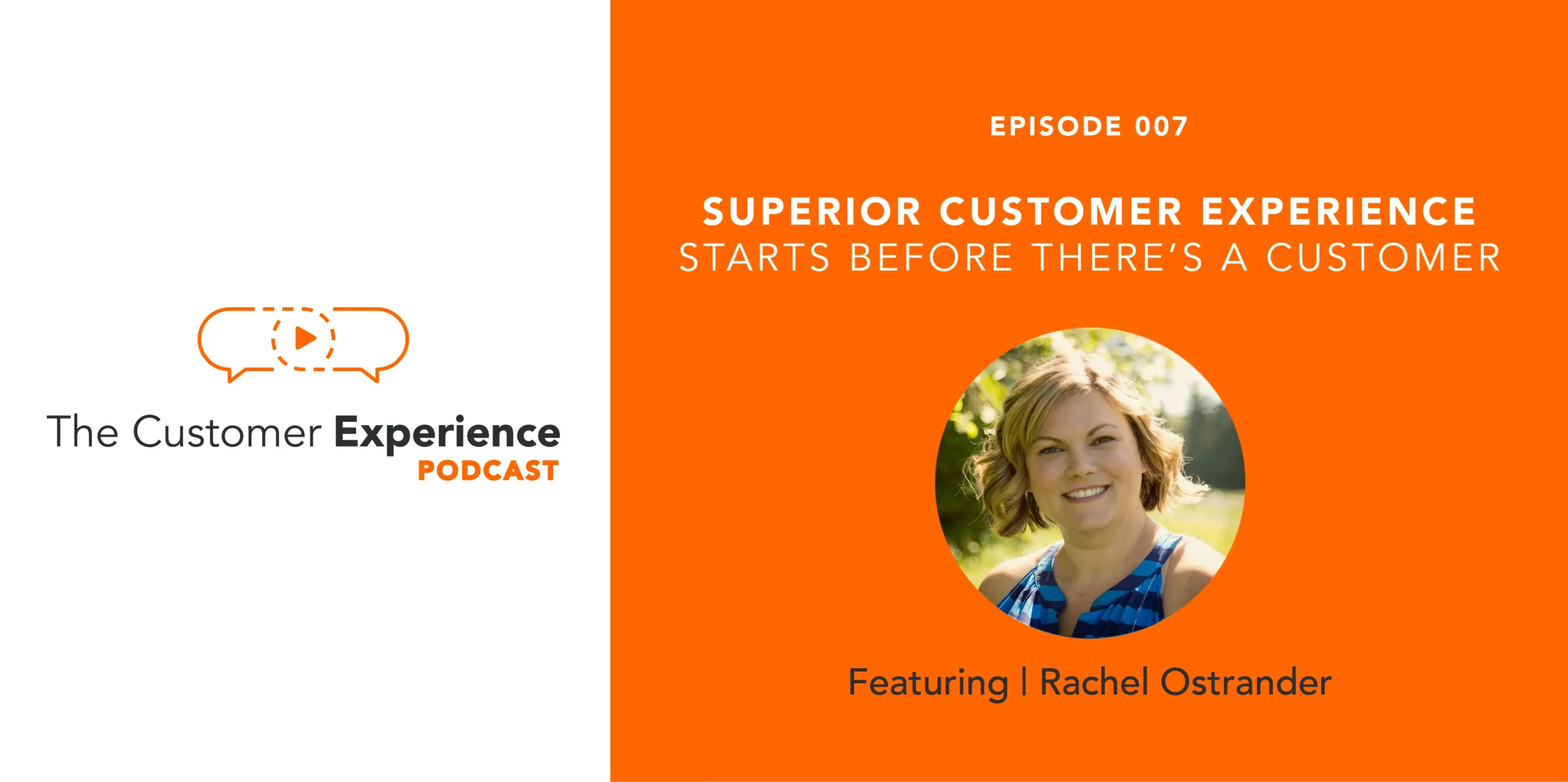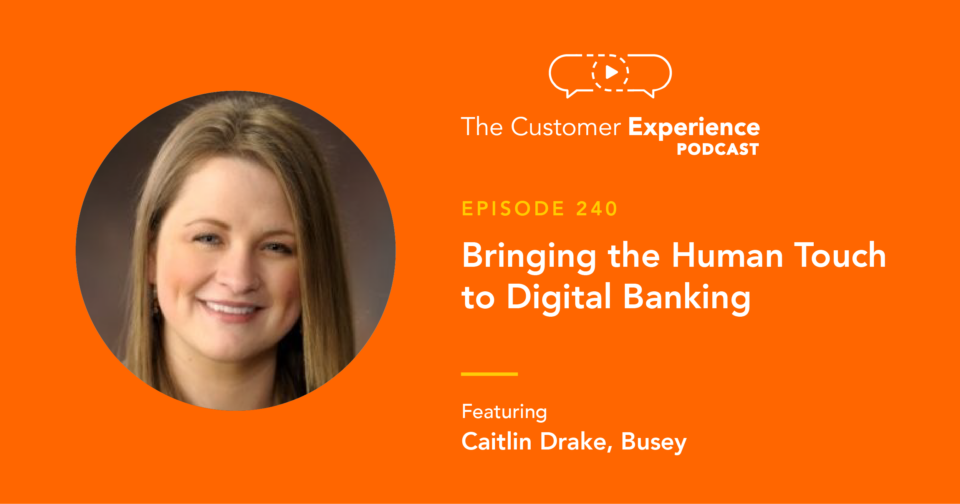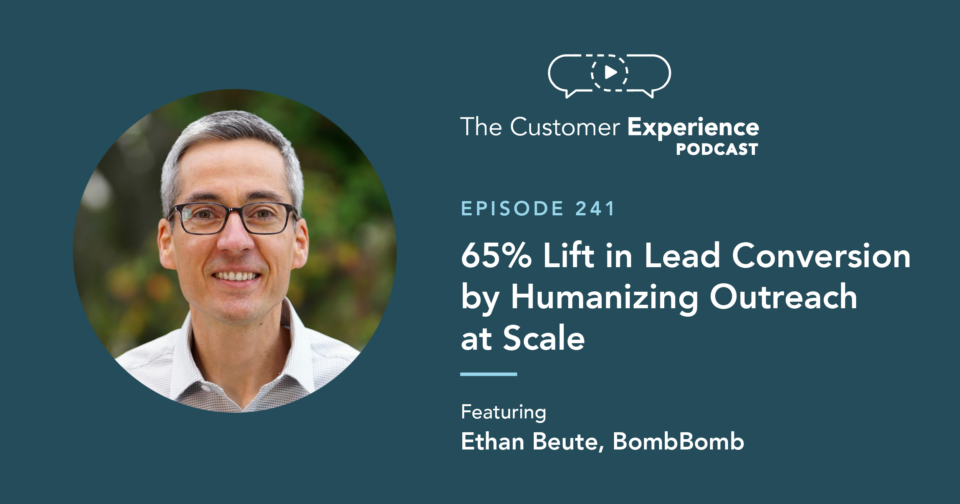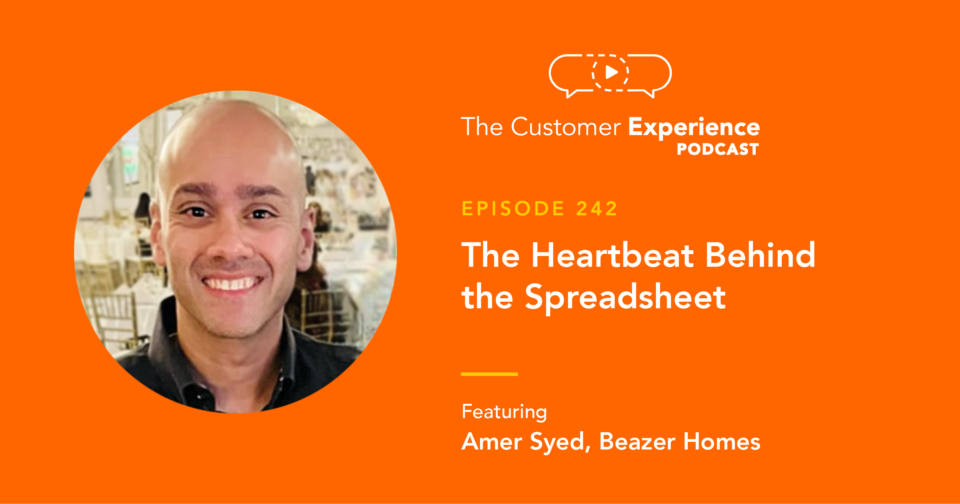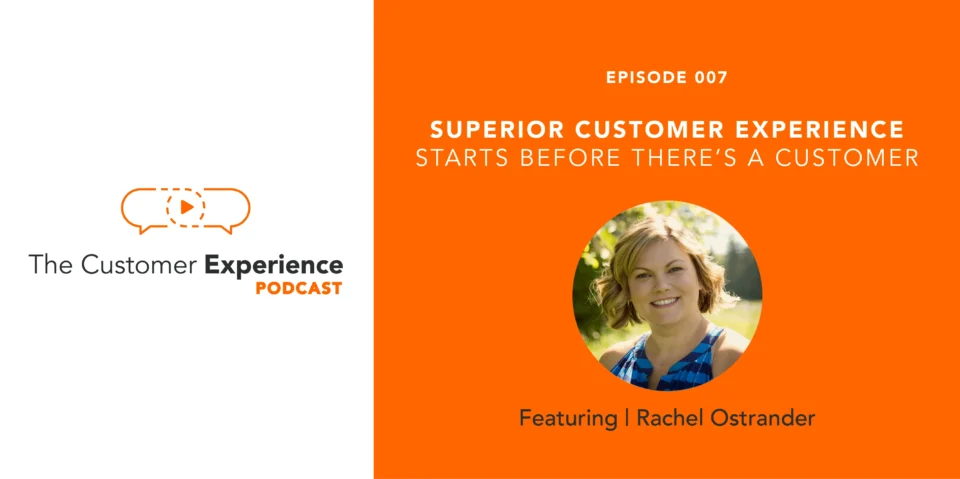
It’s said that empathy is the ability to walk a mile in someone else’s shoes.
For Rachel Ostrander, the Director of Runner Experience at Brooks Running, customer experience is the ability to empathize with someone running a mile in your shoes.
Often on The Customer Experience Podcast, we’re talking with marketing, sales, and customer success practitioners from companies with somewhat intangible products or services … like software. Here, Rachel was kind enough to spend a half hour sharing her experience building teams and processes to serve customers for physical goods that take years to design, develop, and manufacture.
We initially connected based on one of my experiences with her and her team at Brooks; I’m a loyal and long-time customer. After I wrote about that experience and shared it on a couple social networks, Rachel contacted me directly by email. When I started this podcast, she immediately came to mind as a great guest.
She offers valuable insights and timeless advice in this episode. Give it a listen!
Well Before There’s a Customer, There’s a Customer Experience
The Customer Experience Podcast is available in Apple Podcasts, Spotify, Google Podcasts, or Stitcher. It’s also embedded in these related blog posts.
Hear the entire conversation with Rachel Ostrander right here …
Customer Service Starts Before There’s a Customer
Customer experience is created at every place and in every moment a customer could possibly interact with your company, well before they buy the product. And the runner experience is planned well before the product is ever released.
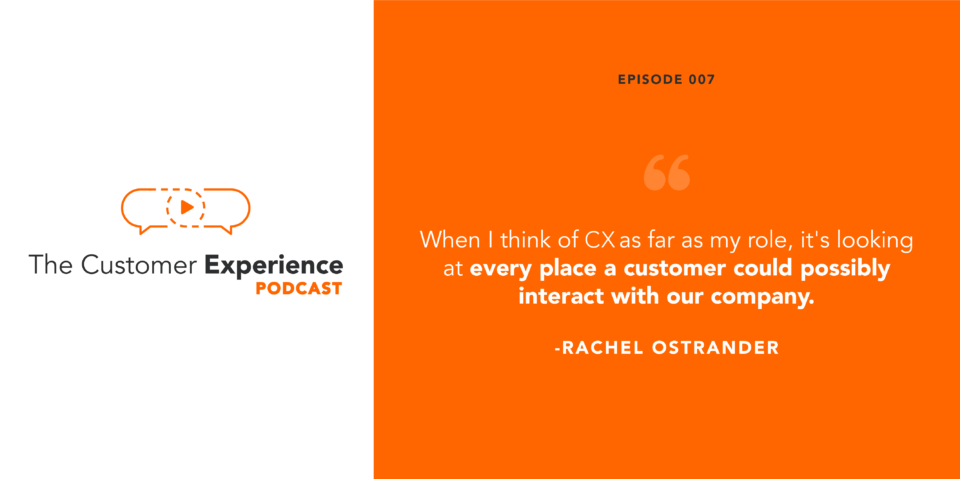
Research and development is a big component. It takes a couple of years to create footwear and the science that goes into it is incredible. As part of Brooks’ development process, runners take shoes out for tests to see how they perform. They gather as much data from as many different sources as they can.
Here, Rachel explains one of the feedback mechanisms they use …
When a shoe gets delivered to retailers, they report fairly quickly if there’s a problem. They need to be willing to fix problems very quickly to ensure the feedback loop stays open.
At the end of the day, runners choose to be customers. And to create repeat and referral sales. You want to listen to them as much as you can.
The Power of “Yes”
Early in Ostrander’s career, she worked in a call center where she was promoted to take escalated calls. Her boss at that time advised her to be nice and do the right thing for the customer.
“I wish it hadn’t taken quite so long to know unequivocally that that was the right answer,” says Ostrander. “But every single time I’ve done that, even though it feels like the more expensive choice, it is always successful.”
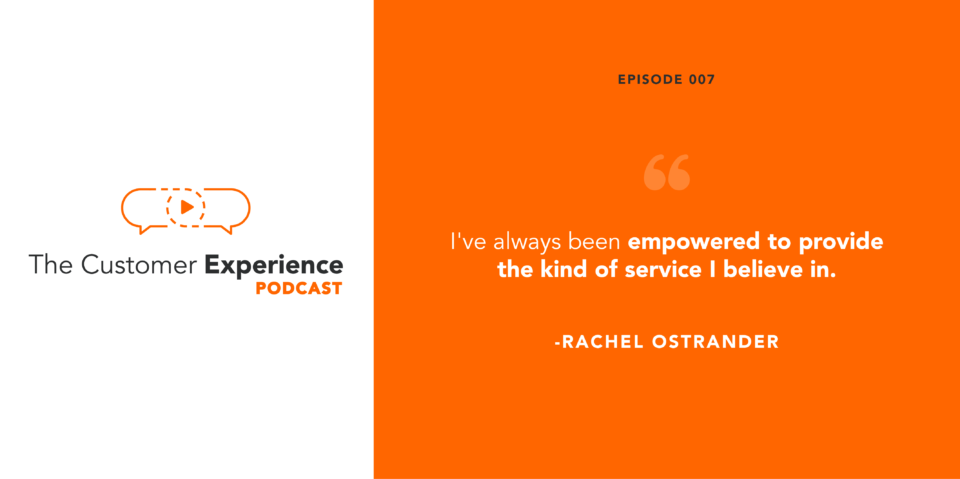
Brooks will even replace shoes that have a perceived but not real defect, in order to keep the customer running in their product. It always goes a long way toward improving their customer service reputation and it costs less money in the end when Brooks has created a repeat customer and revenues go up.
“I heard a quote,” remembers Ostrander, “‘If you want to know where a customer or a company is, look at their sales. If you want to know where they’re going to be, look at their service.’ I believe in that, and my entire career has reinforced that.”
Rachel explains where she gets this philosophy …
Problem Solving Creates Loyal Customers
Ostrander sees part of her team’s job as educating customers on the life expectancy of a running shoe. Brooks shoes are made specifically to be lightweight so the materials are not going to last as long as a heavier shoe.
“If there’s a problem (real or perceived), we make sure they have a new pair of Brooks to go running in, and get them out in our shoes again,” says Ostrander. “It doesn’t matter if they’re right or wrong. It matters if they feel great about running in our product because that’s our mission.”
The Brooks company feels it’s not too expensive to replace a pair of shoes – even pairs that cost $150 or more. If a customer is running 20 or 30 miles a week, they might go through three or four pairs of shoes a year. If giving them one replacement pair creates brand loyalty, and they go on to buy more shoes later, that’s a customer experience well delivered.
Here, Rachel gets on her soapbox to talk customer education, saying “yes,” and more …
A Lesson from a Company’s Org Chart
One of Ostrander’s favorite things about Brooks and one of the things that sold her on the job is that she doesn’t report to operations, because customer experience isn’t an operational function. Service is a part of sales, and Ostrander reports to the vice president of sales in North America. “That is incredibly telling,” she says.
Service drives sales and providing great service is a competitive advantage for a company.
That means a lot to Ostrander. Great service is the right thing to do, but great service is part of being a great business.
Customer Experience Wins
As a customer herself, Ostrander loves a good customer experience win. Here are a couple of her favorite examples.
A friend uses the company Stitch Fix, and she wrote to their customer service team asking that they not send her shoes as she had fallen and broken her ankle. They sent her flowers instead! That was a really lovely extra touch.
Say what you will about Amazon, they do work really hard to make their buying process frictionless. They have the resources and they really work hard at it.
All day long the Brooks customer service team gives people amazingly expert advice on how to choose the right shoe, get the fit and feel, and the variety you want on your run.
And of course, they embody the key to customer happiness, “We are always available.”
This post is based on an interview with Rachel Ostrander, Director of Runner Experience of Brooks Running.
To hear this episode, and many more like it, please subscribe to The Customer Experience Podcast.
If you don’t use Apple Podcasts, you can listen to episodes here:
Coming Soon To The Customer Experience Podcast
- Customer experience experts like Joey Coleman (Never Lose a Customer Again) and David Avrin (Why Customers Leave)
- Customer Success professional Nick Hart (Outreach.io)
- Marketing leader Samantha Stone (Unleash Possible)
- Branding experts like Kurt Bartolich and David Brier
- Sales leaders like Jeremy Donovan (SalesLoft) and Charles Green (Trusted Advisor)
Help a Podcast Out …
Subscriptions, ratings, and reviews in Apple Podcasts are critical to a podcast’s success.
If you enjoyed this conversation with Rachel and look forward to the upcoming guests listed above, please take a minute right now and …
1. Go to The Customer Experience Podcast in iTunes
2. Subscribe and/or
3. Give a rating and/or
4. Write a short review
A minute of your time really helps!
Send emails to your customers that are as warm, personal, and effective as an in-person meeting.
Get face to face with the people who matter most to your business – in any email, text message, or social message you send.
Simple, personal videos allow you to do this … and it’s easy once you know how to do it.

